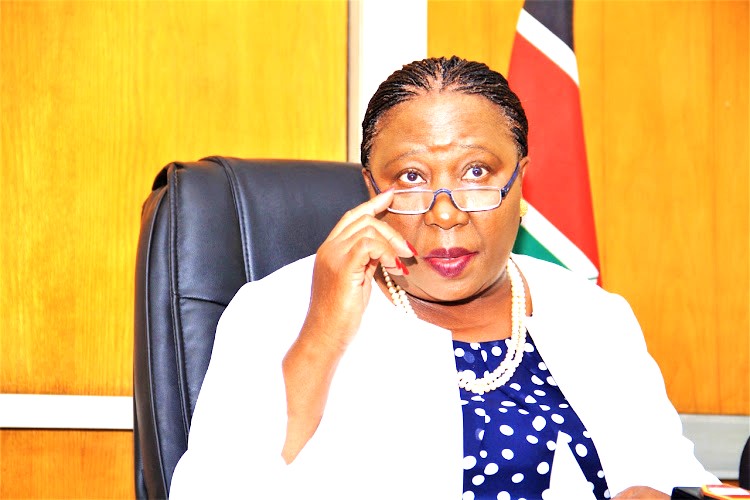Good corporate governance is a system by which an organization is directed, controlled and held accountable by its shareholders and stakeholders.
In this case, good corporate governance goes beyond compliance with basic legal requirements. It provides a framework on which a culture of business integrity, accountability and standardized best business practices are established.
The Sacco governance structure consists of Annual General Meeting (AGM), Board, Supervisory Committee, Audit Committee, other Board committees, managers and staff.
Although governance remains a collective responsibility for all organs of an organization’s structure, it is a different case in Savings and Credit Co-operative Societies (Saccos). Here the responsibility lies with the Board of Directors.
The Boards by design are accountable to the shareholders, whom they must engage and report to regularly.
However, lack of good corporate governance and competent leadership translates to conflict of interest among officials and a vicious cycle of leadership wrangles.
In such a situation, officials will use their positions of power and plot to extend their term of office as a conduit to swindle members’ funds and enrich themselves, hence failing on the fiduciary duty they are entrusted with by the members.
Good corporate governance is paramount as it reflects on the co-operative movement’s principles and values.
The quest for visionary, competent, dynamic and professional leadership remains in the shadows owing to the nature of Sacco’s business operations, ownership, purpose, principles and values under which they were founded.
It is important that Saccos ensure they have in place good corporate governance structures that will enhance effective and efficient operations to cultivate a culture of transparency, accountability, profitability and growth.
For these institutions to achieve the objective, they should have a clear understanding of the various governance structures.
They should be awake to the rationale behind separation of powers, duties and responsibilities. The Board of Directors acts as the principal organ charged with reporting to members the progress of their institution.
The directors are elected by members during an Annual General Meeting, during which they constitute committees which include but not limited to credit/loans, supervisory and audit committees.
It is imperative to note that the future business growth and sustainability of Saccos is gauged against the different organs’ governance practices.
Their checks and balances ensure members’ interests are protected. Good governance is an indicator of the Sacco going beyond the regulator’s minimum compliance requirements.
Best practices must be maintained to reflect strong business ethics and ensure consistent communication among the society’s governance organs.
They also ensure corporate discipline is promoted in which the Board and management make impartial business decisions in the best interest of their members.
Weak co-operative leadership and governance structures antagonize employees and members, leading to low productivity, high costs of business operations, apathy, low morale, inefficiency and resistance to change in the organization.
By Ben Oroko
The writer is a communication practitioner and correspondent based in Kisii. benoroko2000@yahoo.com


